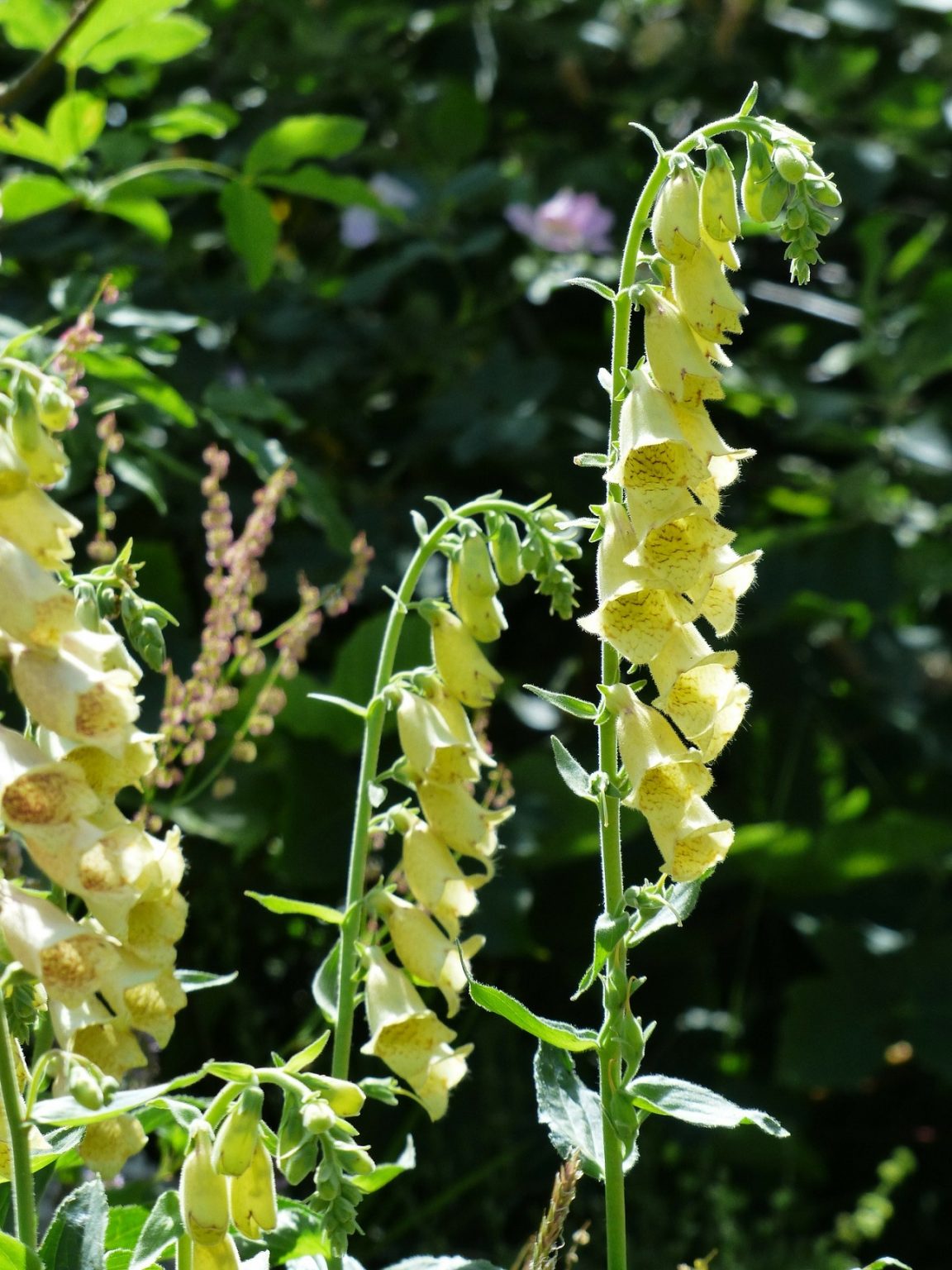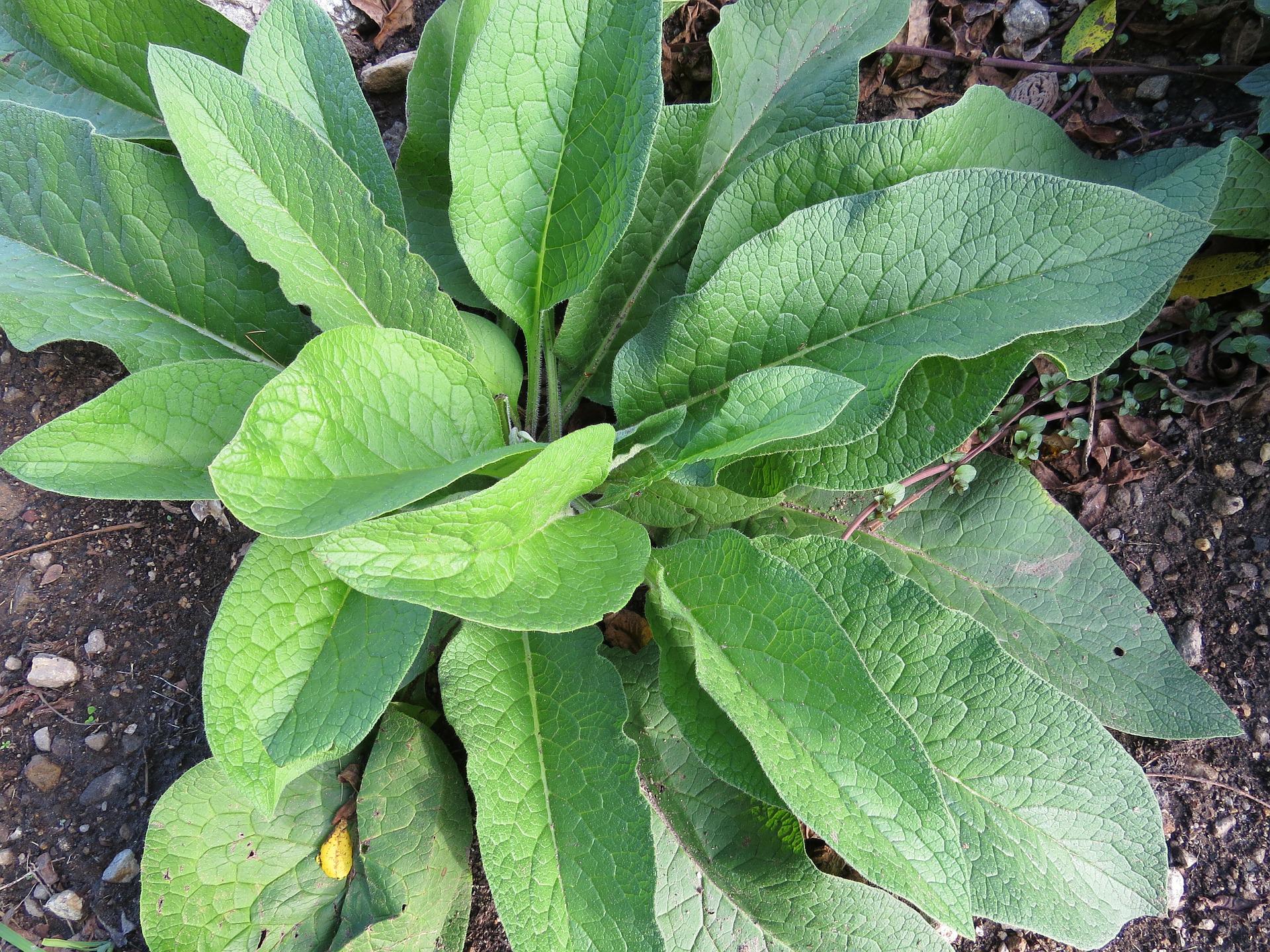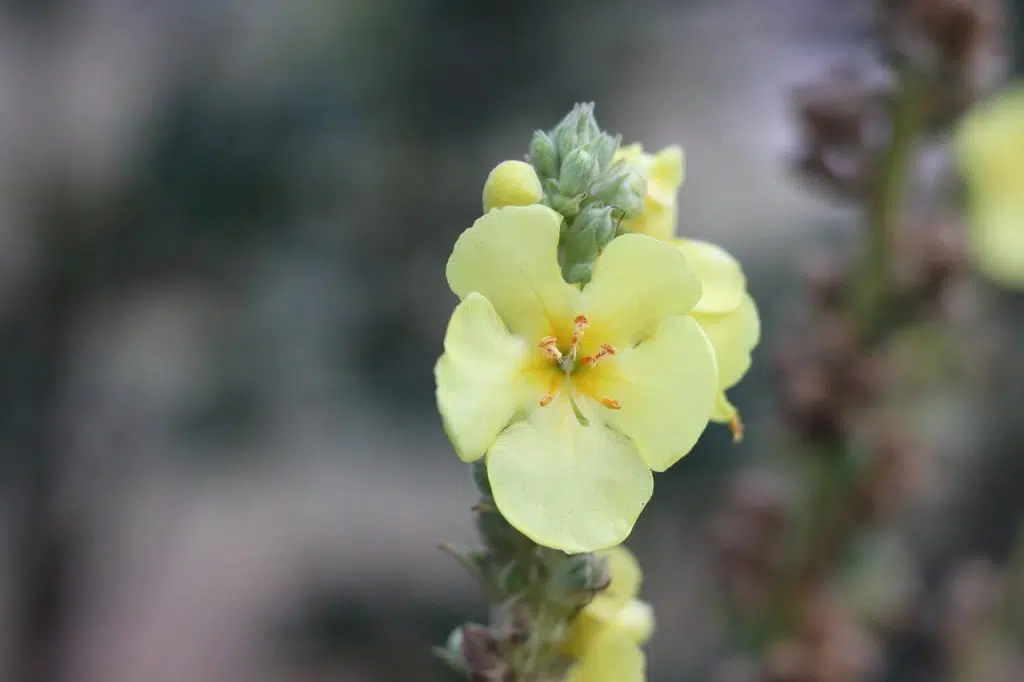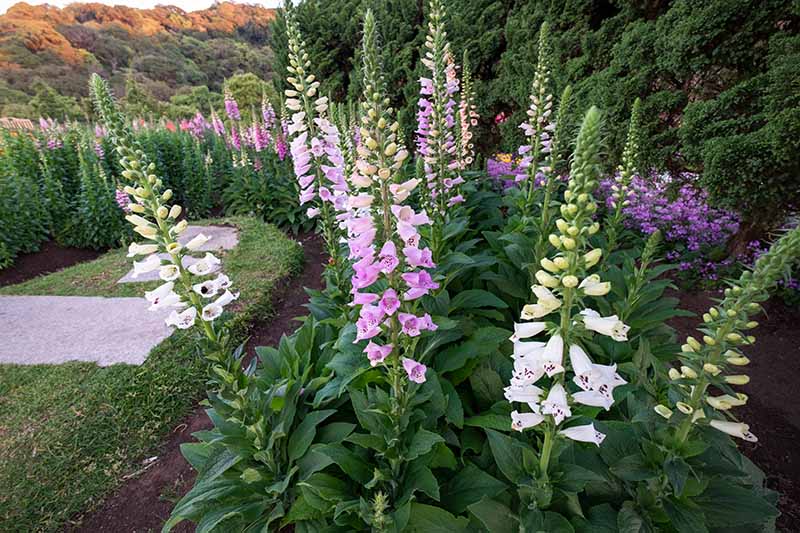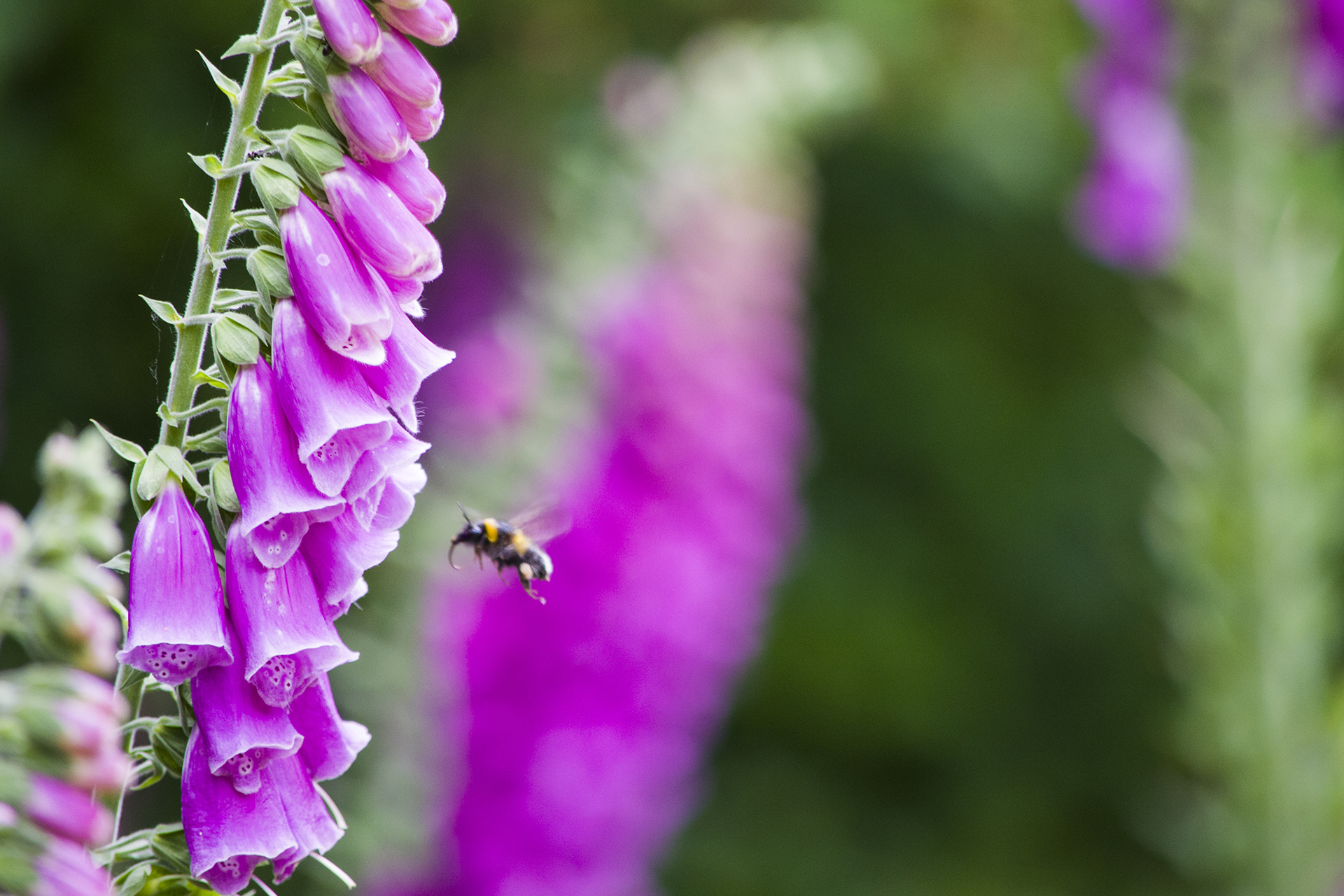Why You Might Want to Consider Foxglove Lookalikes
Gardeners often seek unique and attractive plants to add visual interest to their outdoor spaces. Foxglove, with its tall, stately spikes of tubular bells, is a popular choice for many. However, it can be a challenging plant to grow, requiring specific conditions and care. Fortunately, there are several plants that look like foxglove, offering similar charm and beauty without the fuss. These alternatives can thrive in a variety of environments, making them an excellent option for gardeners of all skill levels.
One of the primary reasons to consider plants that look like foxglove is their ability to attract pollinators. Foxglove is a favorite of bees and other beneficial insects, and its lookalikes share this trait. By incorporating these plants into your garden, you can create a welcoming habitat for these essential visitors. Additionally, foxglove-like plants often produce an abundance of nectar-rich flowers, providing a valuable source of food for pollinators.
Another advantage of growing plants that resemble foxglove is their potential to add a touch of elegance to your garden. Foxglove is known for its statuesque spikes, which can add a dramatic flair to any landscape. Its lookalikes offer similar height and visual interest, making them an excellent choice for adding depth and complexity to your garden design.
Finally, plants that look like foxglove often require less maintenance than their foxglove counterparts. Many of these alternatives are more adaptable to different soil types and moisture levels, making them an excellent option for gardeners who want to minimize their upkeep. By choosing plants that resemble foxglove, you can enjoy the beauty of these unique blooms without the hassle of specialized care.
How to Choose the Perfect Foxglove Substitute for Your Garden
When selecting plants that look like foxglove, there are several factors to consider to ensure you find the perfect substitute for your garden. Climate is a crucial consideration, as some foxglove lookalikes may be more sensitive to extreme temperatures or moisture levels. For example, Campanula and Digitalis purpurea prefer cooler temperatures and well-draining soil, while Penstemon and Salvia are more tolerant of heat and drought.
Soil type is another important factor to consider when choosing a foxglove substitute. Some plants, such as Campanula, prefer rich, fertile soil, while others, like Penstemon, can thrive in poorer soil conditions. Consider the specific soil conditions in your garden and choose a plant that is well-suited to those conditions.
Desired bloom color is also an essential consideration when selecting a foxglove substitute. Foxglove is known for its tall spikes of white, pink, or purple flowers, and many of its lookalikes offer similar color options. Consider the color scheme of your garden and choose a plant that complements or contrasts with existing blooms.
Finally, consider the mature size of the plant and its growth habits. Some foxglove lookalikes, such as Digitalis purpurea, can grow quite tall, while others, like Penstemon, are more compact. Choose a plant that fits with your garden’s design and layout, and consider pruning or staking to maintain its shape and size.
By considering these factors, you can choose the perfect foxglove substitute for your garden, one that will thrive in its conditions and provide a unique and attractive bloom. With a little research and planning, you can enjoy the beauty of plants that look like foxglove without the fuss of growing the real thing.
Campanula: A Popular Foxglove Lookalike with a Similar Charm
Campanula, also known as bellflower, is a popular alternative to foxglove that offers a similar charm and beauty. Its bell-shaped flowers, which come in a range of colors including blue, pink, and white, are a striking feature of this plant. Campanula’s attractive foliage, which is often heart-shaped and toothed, adds to its appeal and makes it a great choice for gardeners looking for a foxglove substitute.
Campanula is a relatively low-maintenance plant that can thrive in a variety of conditions. It prefers well-draining soil and partial shade, but can tolerate full sun and a range of soil types. This makes it a great choice for gardeners who want a foxglove lookalike that is easy to care for.
One of the benefits of growing Campanula is its ability to attract pollinators. Its bell-shaped flowers are a favorite of bees and other beneficial insects, making it a great choice for gardeners who want to attract wildlife to their garden. Additionally, Campanula is a relatively pest- and disease-free plant, making it a great choice for gardeners who want to minimize their maintenance.
Campanula can be grown in a variety of ways, including in containers, borders, and rock gardens. It is a great choice for gardeners who want to add a touch of elegance and sophistication to their garden, and its bell-shaped flowers make it a great choice for cut flower arrangements.
Overall, Campanula is a great choice for gardeners who want a foxglove substitute that is easy to care for and offers a similar charm and beauty. Its attractive foliage, bell-shaped flowers, and ability to attract pollinators make it a great addition to any garden.
Other Foxglove-Like Plants to Consider: A Showcase of Similar Blooms
In addition to Campanula, there are several other plants that resemble foxglove and are worth considering for your garden. Digitalis purpurea, also known as purple foxglove, is a popular alternative that offers similar tall spikes of tubular bells. This plant is a favorite of bees and other pollinators, and its unique foliage adds to its charm.
Penstemon, also known as beardtongue, is another plant that looks like foxglove and is worth considering. Its tubular flowers come in a range of colors, including pink, purple, and white, and its attractive foliage makes it a great choice for gardeners who want to add some texture to their garden.
Salvia, also known as sage, is a versatile plant that comes in a range of shapes and sizes. Some varieties of Salvia, such as Salvia x sylvestris, have tall spikes of blue or purple flowers that resemble foxglove. This plant is a favorite of pollinators and is relatively low-maintenance, making it a great choice for gardeners who want a foxglove substitute.
Other plants that resemble foxglove include Delphinium, Lupinus, and Verbascum. These plants offer similar tall spikes of flowers and attractive foliage, making them great alternatives to foxglove. By considering these plants, gardeners can create a unique and beautiful garden that is full of interest and texture.
When choosing a foxglove substitute, it’s essential to consider the specific growing conditions and care requirements of each plant. Some plants, such as Digitalis purpurea, prefer well-draining soil and partial shade, while others, such as Penstemon, can tolerate full sun and a range of soil types. By choosing the right plant for your garden, you can enjoy the beauty of foxglove-like blooms without the fuss of growing the real thing.
Creating a Foxglove-Inspired Garden: Tips for Design and Layout
When designing a garden featuring plants that look like foxglove, there are several tips and considerations to keep in mind. One of the most important things to consider is companion planting. Foxglove lookalikes, such as Campanula and Digitalis purpurea, can be paired with other plants that complement their unique appearance and growing conditions.
For example, Campanula can be paired with low-growing plants like creeping thyme or sweet woodruff, which can help to create a lush, textured look in the garden. Digitalis purpurea, on the other hand, can be paired with taller plants like delphiniums or lupines, which can help to create a dramatic, vertical element in the garden.
Soil preparation is also an important consideration when creating a foxglove-inspired garden. Many foxglove lookalikes prefer well-draining soil that is rich in organic matter. Adding compost or well-rotted manure to the soil can help to improve its structure and fertility, and provide a healthy growing environment for your plants.
Maintenance is another important consideration when creating a foxglove-inspired garden. Many foxglove lookalikes require regular watering and fertilization to thrive. Deadheading, or removing spent flowers, can also help to encourage more blooms and keep the plants looking their best.
In terms of design and layout, there are many different ways to create a foxglove-inspired garden. One idea is to create a cottage-style garden, with a mix of tall, upright plants like foxglove lookalikes, and lower-growing plants like herbs and groundcovers. Another idea is to create a more formal, structured garden, with rows of foxglove lookalikes and other plants arranged in a symmetrical pattern.
Ultimately, the key to creating a beautiful and thriving foxglove-inspired garden is to choose plants that are well-suited to your climate and growing conditions, and to provide them with the care and maintenance they need to thrive.
The Benefits of Growing Foxglove Lookalikes: Attracting Pollinators and More
One of the most significant benefits of growing plants that look like foxglove is their ability to attract pollinators. Foxglove lookalikes, such as Campanula and Digitalis purpurea, produce tubular flowers that are rich in nectar, making them a favorite of bees, butterflies, and other pollinators. By growing these plants in your garden, you can create a welcoming habitat for these essential visitors and support the local ecosystem.
In addition to attracting pollinators, foxglove lookalikes can also provide a source of nectar for other beneficial insects, such as hummingbirds and moths. This can be especially beneficial for gardeners who want to create a wildlife-friendly garden that supports a diverse range of species.
Another benefit of growing foxglove lookalikes is their ability to add visual interest to the garden. These plants produce tall, upright spikes of flowers that can add a dramatic element to the garden, especially when paired with other plants that have different textures and colors. By incorporating foxglove lookalikes into your garden design, you can create a unique and beautiful landscape that is full of interest and variety.
Finally, foxglove lookalikes can also be used as a cut flower, adding a touch of elegance and sophistication to any arrangement. Their tubular flowers can be used to create a range of different looks, from modern and contemporary to traditional and classic.
Overall, the benefits of growing foxglove lookalikes are numerous and varied. By incorporating these plants into your garden, you can create a welcoming habitat for pollinators, add visual interest to the landscape, and enjoy a range of other benefits that make these plants a valuable addition to any garden.
Common Challenges and Solutions for Growing Foxglove-Like Plants
While plants that look like foxglove can be relatively low-maintenance, there are some common challenges that gardeners may face when growing these plants. One of the most common challenges is pests, such as aphids and slugs, which can damage the plants and reduce their blooming potential.
To address this challenge, gardeners can use a variety of methods, including introducing beneficial insects, such as ladybugs and lacewings, which prey on pests. Additionally, gardeners can use physical barriers, such as copper tape, to deter slugs and other pests.
Another common challenge is diseases, such as powdery mildew and root rot, which can affect the health and vigor of the plants. To address this challenge, gardeners can use a variety of methods, including improving air circulation, reducing watering, and using fungicides.
Environmental stressors, such as extreme temperatures and drought, can also affect the health and vigor of plants that look like foxglove. To address this challenge, gardeners can use a variety of methods, including providing shade, using mulch, and watering deeply but infrequently.
Finally, gardeners may face challenges related to soil quality and fertility. To address this challenge, gardeners can use a variety of methods, including adding organic matter, such as compost, and using fertilizers specifically formulated for plants that look like foxglove.
By being aware of these common challenges and using the solutions outlined above, gardeners can successfully grow plants that look like foxglove and enjoy their unique beauty and benefits.
Conclusion: Embracing the Unique Charm of Foxglove Lookalikes
In conclusion, plants that look like foxglove offer a unique and attractive alternative to traditional foxglove. With their similar appearance, potential for attracting pollinators, and ability to thrive in similar conditions, these plants are an excellent choice for gardeners looking to add some variety to their garden.
By considering the tips and advice outlined in this article, gardeners can successfully grow plants that look like foxglove and enjoy their many benefits. From Campanula to Digitalis purpurea, Penstemon, and Salvia, there are many options to choose from, each with its own unique characteristics and growing conditions.
Whether you’re looking to attract pollinators, add visual interest to your garden, or simply try something new, plants that look like foxglove are an excellent choice. With their unique charm and beauty, these plants are sure to bring joy and excitement to your garden.
So why not give plants that look like foxglove a try? With a little creativity and experimentation, you can create a beautiful and thriving garden that showcases these unique and attractive alternatives to traditional foxglove.


